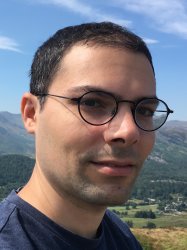BibTex format
@article{Schnitzer:2017:10.1103/PhysRevB.96.085424,
author = {Schnitzer, O},
doi = {10.1103/PhysRevB.96.085424},
journal = {Physical Review B},
title = {Spoof surface plasmons guided by narrow grooves},
url = {http://dx.doi.org/10.1103/PhysRevB.96.085424},
volume = {96},
year = {2017}
}

